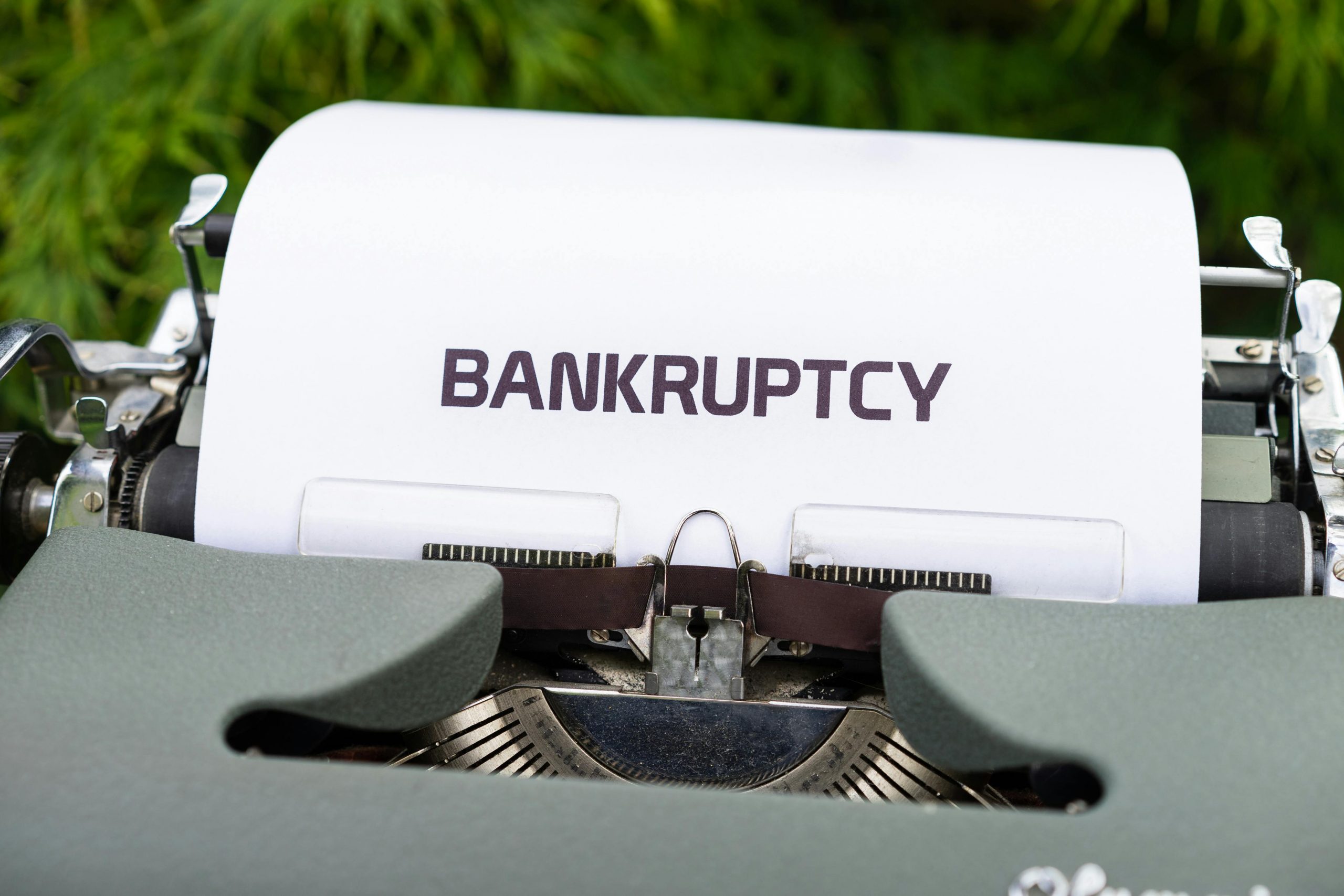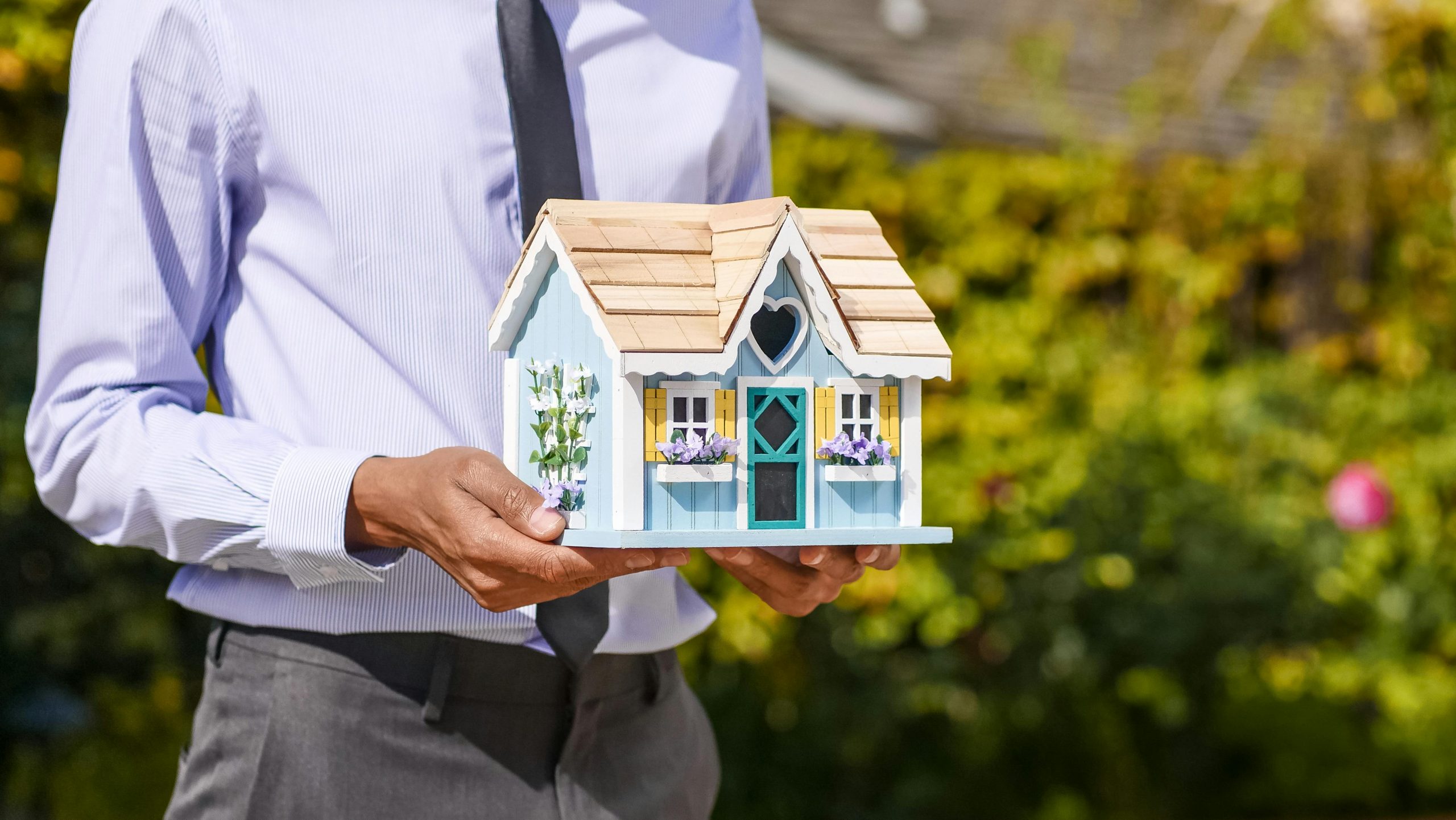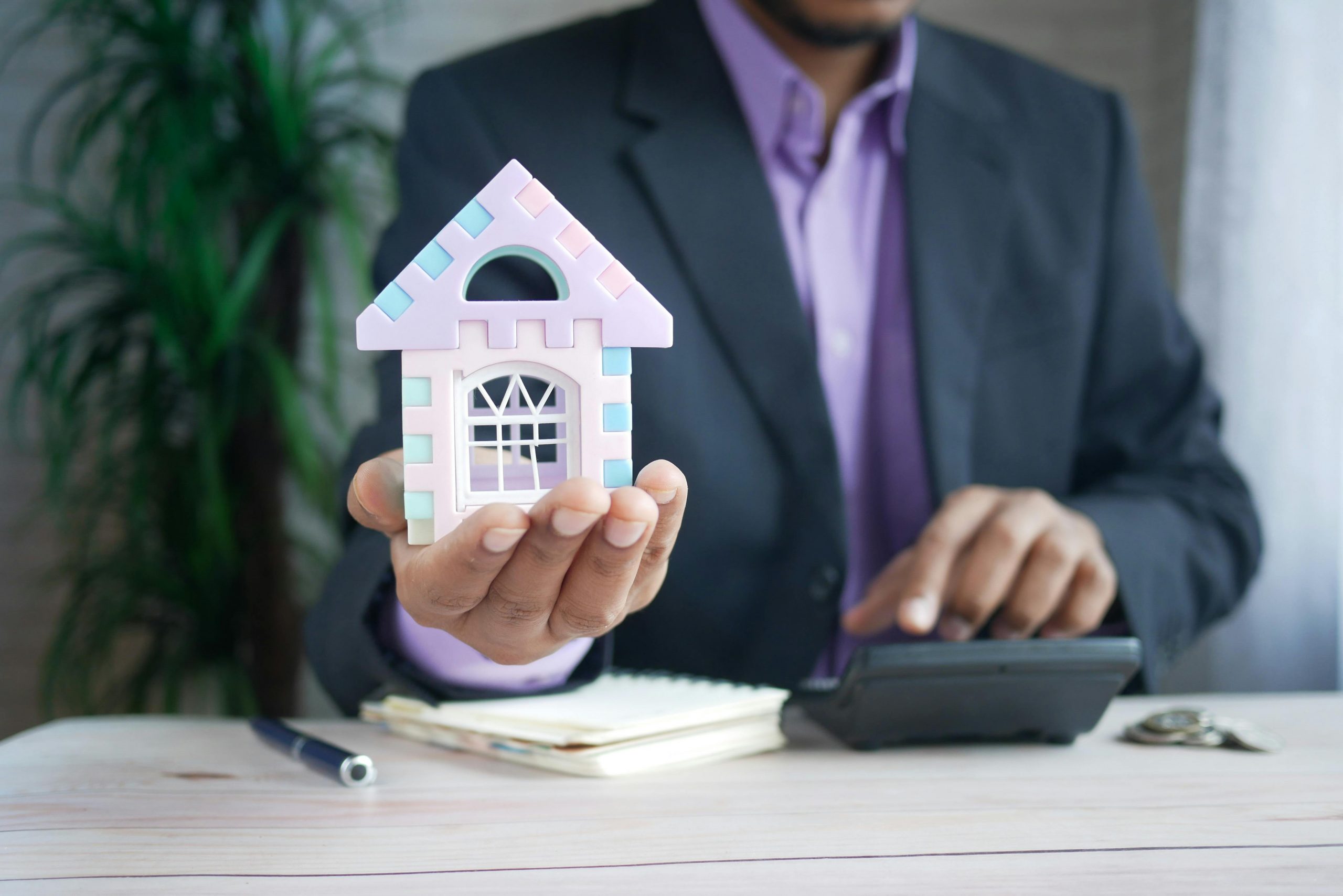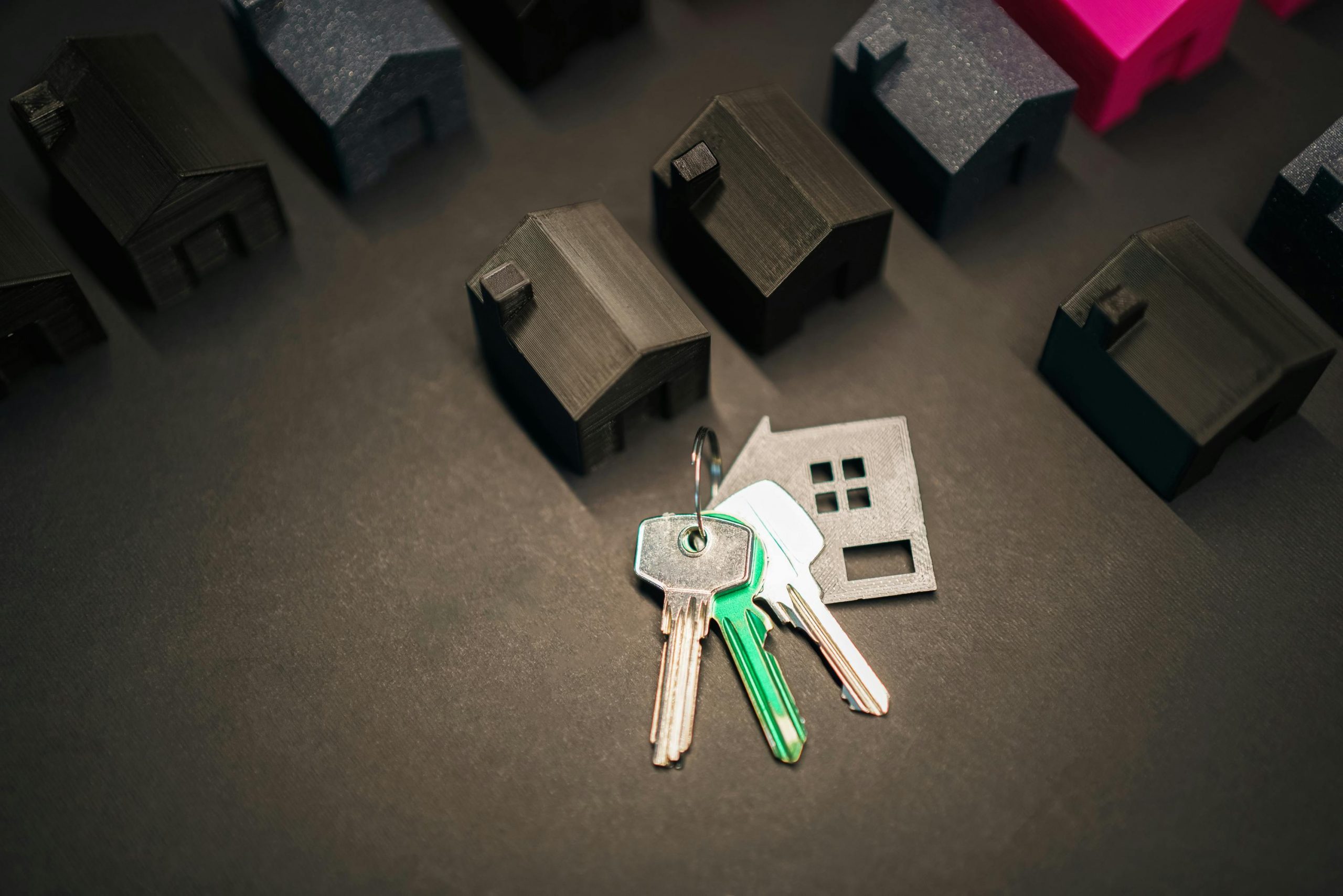Filing for bankruptcy can be an overwhelming decision. One of the most common and pressing concerns homeowners have is: Can I file bankruptcy and still keep my house? The short answer is yes, it’s possible—but it depends on a variety of factors including the type of bankruptcy you file, your home equity, your mortgage status, and state exemption laws.
In this comprehensive guide, we’ll break down everything you need to know about how bankruptcy affects homeownership, how to protect your home during the process, and what steps to take if you’re considering bankruptcy.
What Happens to Your House When You File for Bankruptcy?
When you file for bankruptcy, all your property, including your home, becomes part of what’s known as the bankruptcy estate. That means the bankruptcy court and trustee review your assets and debts to determine what can be used to pay off creditors.
However, federal and state laws allow for exemptions, which can protect some or all of your home equity from being seized or sold during bankruptcy.
Here’s what typically happens with your home:
- The court assesses your home’s current market value and your mortgage balance.
- The amount of equity in the home is calculated (Home Value – Mortgage Balance).
- Exemption laws are applied to determine how much of your equity is protected.
- If your equity is fully exempt and you can make your mortgage payments, you’ll likely be able to keep your house.
But much depends on the type of bankruptcy you file—Chapter 7 or Chapter 13.
Chapter 7 vs. Chapter 13 Bankruptcy: Which One Helps You Keep Your Home?

Understanding the difference between Chapter 7 and Chapter 13 bankruptcy is essential because each has a different approach to debt and asset handling.
Chapter 7 Bankruptcy – “Liquidation”
Chapter 7 is designed to wipe out most unsecured debts, such as credit cards and medical bills, quickly and permanently. However, it’s also known as liquidation bankruptcy because non-exempt assets can be sold by a court-appointed trustee to pay off creditors.
Key features of Chapter 7:
- Typically completed in 3–6 months.
- No repayment plan; debts are discharged.
- You must pass a “means test” based on income and expenses.
- Assets not covered by exemptions may be sold.
Implications for your house:
- If your equity is fully covered by exemptions and you’re current on your mortgage, you can likely keep your home.
- If you have non-exempt equity or are behind on payments, your home may be at risk.
Chapter 13 Bankruptcy – “Reorganization”
Chapter 13 is focused on repayment and reorganization of your debt over time—usually 3 to 5 years—while allowing you to keep your assets, including your house.
Key features of Chapter 13:
- You make regular monthly payments based on your income and debts.
- Mortgage arrears (past-due payments) can be included in the repayment plan.
- Creditors cannot foreclose as long as payments are made.
Implications for your house:
- You’re much more likely to keep your home if you’re behind on your mortgage.
- You must stay current on future payments after filing.
How Do Homestead Exemptions Work?
Homestead exemptions are a legal provision that protects a certain amount of your home equity from creditors in a bankruptcy case. The goal is to allow you to keep a basic place of residence even if you’re going through financial hardship.
How Homestead Exemptions Help:
- Reduce the risk of the bankruptcy trustee selling your home.
- Provide a buffer between what you owe and what’s considered “available” equity.
- Vary by state and can be either state or federal exemptions.
Example of Exemptions by State:
| State | Homestead Exemption Amount |
| Florida | Unlimited (with residency rules) |
| Texas | Unlimited (acreage and value limits apply) |
| California | $300,000 to $600,000 (as of 2025) |
| New York | $89,975 – $179,950 (based on county) |
| Federal | $27,900 (as of 2025, may adjust annually) |
Note: Some states allow you to choose between their own exemption system or the federal one, whichever is more beneficial.
What If You’re Behind on Mortgage Payments?
Falling behind on your mortgage is stressful, especially when bankruptcy is on the table. Whether you can keep your home will depend on the type of bankruptcy and whether you can catch up on payments.
Chapter 7 and Missed Mortgage Payments:
- Temporarily stops foreclosure through an automatic stay, but the protection is short-lived.
- If you can’t catch up quickly or the lender seeks court permission, foreclosure may proceed.
- No mechanism in Chapter 7 allows repayment of missed mortgage payments over time.
Chapter 13 and Mortgage Arrears:
- The automatic stay also applies—but for the entire duration of the repayment plan.
- Missed payments can be rolled into the Chapter 13 plan and paid back over 3–5 years.
- If you stay current on new mortgage payments and complete the plan, you can keep your home.
Pros and Cons of Keeping Your House in Bankruptcy

Deciding to keep your house during bankruptcy depends on both emotional and financial factors. Here are some benefits and potential drawbacks to consider.
Pros:
- Emotional stability: Keeping your home avoids the disruption of moving or selling.
- Equity retention: You preserve your investment in the property.
- Credit rebuilding: Making timely mortgage payments post-bankruptcy improves your credit faster.
- Family continuity: Avoids uprooting children from schools and communities.
Cons:
- Ongoing debt: You still need to make regular mortgage payments.
- Cost of keeping the home: Taxes, insurance, and maintenance may become burdensome.
- Complicated bankruptcy filing: Protecting a high-equity home may add legal complexity.
- Risk of future foreclosure: If you can’t meet payments later, the lender can still foreclose post-bankruptcy.
What If You Have a Second Mortgage or Home Equity Line of Credit?
Secondary liens such as second mortgages and HELOCs can also be affected by bankruptcy, especially in Chapter 13.
In Chapter 7:
- Second mortgages are not removed.
- If you default on payments, foreclosure can happen even after your discharge.
In Chapter 13:
- If the home’s value is less than the first mortgage, you may qualify for lien stripping.
- This process reclassifies the second mortgage as unsecured debt, which may be discharged at the end of the repayment plan.
Understanding Lien Stripping
Lien stripping is a legal mechanism used in Chapter 13 bankruptcy to remove junior mortgages when your property’s value is less than the balance of the first mortgage.
For example:
- Home value: $200,000
- First mortgage: $210,000
- Second mortgage: $30,000
Because the home is worth less than the first mortgage alone, the second mortgage is “stripped” and treated like a credit card or personal loan. If you complete your Chapter 13 plan, the lien is removed permanently.
Tips for Keeping Your House Through Bankruptcy
Being proactive is critical when navigating bankruptcy. Here are several smart strategies to protect your home:
- Evaluate your equity: Get a professional appraisal to determine the fair market value of your home.
- Review your state’s homestead exemption: Know how much of your equity is protected.
- Stay current if you can: If possible, remain up-to-date on your mortgage or consider filing Chapter 13 if you’re behind.
- Work with a qualified bankruptcy attorney: Professional guidance ensures you don’t miss key protections.
- Be honest in your filing: Full disclosure of all assets, including your home, is required.
Will Bankruptcy Affect Your Credit?
Yes, bankruptcy will appear on your credit report—but the impact is often temporary and may be worth it for long-term relief.
Credit Impact by Chapter:
- Chapter 7: Remains on credit reports for 10 years from the filing date.
- Chapter 13: Remains on credit reports for 7 years from the filing date.
However, many people begin rebuilding their credit right after discharge, especially by:
- Making timely mortgage and utility payments.
- Using secured credit cards responsibly.
- Avoiding new, unnecessary debt.
What Happens to Your House After Bankruptcy Is Over?
Once your bankruptcy case concludes:
- Discharged debts are erased.
- If you keep your house, you continue making mortgage payments.
- If your mortgage was reaffirmed (in Chapter 7), you’re legally bound to pay.
- You can focus on rebuilding credit and maintaining your home.
Important: Bankruptcy doesn’t cancel your mortgage unless your home was surrendered. If you want to keep it, you’ll need to stay current moving forward.
Frequently Asked Questions
Do I have to list my home in my bankruptcy filing?
Yes. All assets, including your house, must be disclosed, even if you intend to keep it.
Can I keep my house if I don’t reaffirm the mortgage in Chapter 7?
Possibly, yes. You can keep the home if you stay current on payments. But not reaffirming means the lender could foreclose without court approval if you later default.
Will I lose my home automatically if I file bankruptcy?
No. The court will examine your equity and exemption status. Many people file bankruptcy and successfully keep their homes.
Can You File Bankruptcy and Keep Your House? Yes, If You Plan Smart
Filing for bankruptcy does not automatically mean you’ll lose your home. In fact, for many people, it can be the very tool that helps save their house from foreclosure or overwhelming debt. The key is understanding how the process works and planning strategically.
Start by learning the differences between Chapter 7 and Chapter 13 bankruptcy, since each one offers different options and protections for homeowners. Then, evaluate how much equity you have in your home and whether it falls within your state’s exemption limits. Consider whether it makes financial sense to keep the house in the long run, especially when you factor in future mortgage payments, property taxes, and maintenance costs. Most importantly, don’t go it alone—consulting with a qualified bankruptcy attorney can make a significant difference in protecting your assets and navigating the legal process with confidence.
With careful planning and the right guidance, bankruptcy can be a fresh start—without losing the roof over your head.


